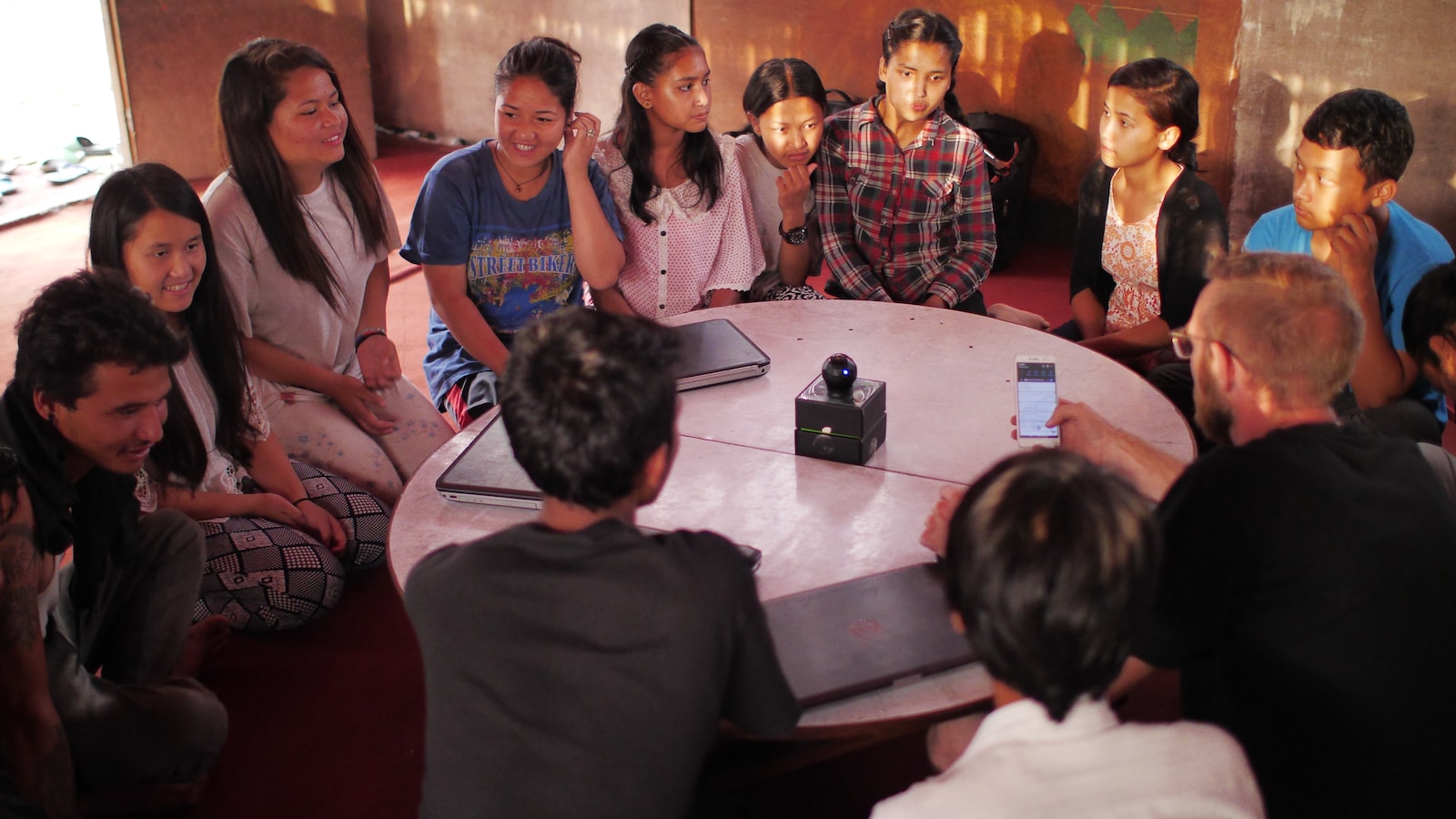Ask any public speaker the first thing they do when preparing a presentation and they’ll tell you “figure out who the audience is.” Only then can they develop relevant messaging that speaks to the hearts and minds of the people in the audience.
Knowing your audience is equally important, perhaps more so, for local governments. It’s likely not all residents will have access to a computer, but may use a cell phone to get online. And limiting official communications to English only creates a language barrier and the perception that certain audiences need not participate. By recognizing and including diverse groups in the discussion, officials can serve all members of the community.
Inclusive public engagement is not only the right thing to do, it’s what builds strong, sustainable relationships and helps capture a complete range of values and perspectives. Getting diversified public feedback ultimately leads to better decision-making and policy discussions. Gaining a full range of perspectives also increases the likelihood of successful implementation of public programming because the entire community takes ownership.
Studies Find Inclusion and Diversity Lead to Better Outcomes
The topic of diversity’s benefits is not new. An article published in Scientific American had the headline: “How Diversity Makes Us Smarter – Being around people who are different from us makes us more creative, more diligent and harder-working.”
In the article, Professor Phillips concludes (after an extensive multidisciplinary study of current and past research), “Diversity is not only about bringing different perspectives to the table. Simply adding social diversity to a group makes people believe that differences of perspective might exist among them and that belief makes people change their behavior … diversity works [by] promoting hard work and creativity; by encouraging the consideration of alternatives even before any interpersonal interaction takes place.”
Other studies have pointed to the importance and benefits of inclusivity. One by McKinsey, which looked at 180 companies across four countries over a period of two years, found that diverse boards generated returns on equity that were 53% higher, on average, than companies with less diverse boards. The more diverse businesses also generated 14% higher earnings before interest and tax, on average.
A recent study of 566 real business decisions made by 184 business teams found that the most diverse teams made better decisions 87% of the time, which lead to better business performance and competitive advantage.
Local governments would be wise to take a cue from the private sector by instituting diversity-based outreach and initiatives and encouraging participation from all groups. Yes, gaining a good representation from across the general public can be a bit challenging but the results of inclusive engagement are well worth the effort.
Inclusive Engagement Strategies
Effective community engagement requires thoughtful planning, consideration, and understanding of what makes a community a community. Public officials should strive to engage, as best as possible, the entire demographics of the community in regard to age, race, income, and gender identity.
Most of our clients come to us with a similar question: How do we create a space for dialogue and bring everyone to the table to share their views? Underserved communities are far more likely to engage when you take steps to build relationships.
Here are some strategies to promote equity and community dialogue among your residents:
Embrace Change
In order for community engagement to flourish, officials must be open to change and willing to invite all groups to the table to participate. Before any outreach efforts, take some time to foster a culture of diversity within your agencies. In time, these changes will drive new decisions making processes that are more inclusive and transparent.
Do Your Homework
If you haven’t done so already, you will need to gather information to find out exactly who makes up your community and learn their history. Observe and ask about the characteristics that define the group and distinguish them from others. These could be things like cultural tradition and ethnicity, socioeconomic class, employment categories, and/or religion.
Do these groups have their own social organizations, networks and institutions? Do they hold events? By participating in these events, you can gain insights into what the group values and how they may be struggling.
Meet with Influential Leaders
Consider surveying these diverse groups to find out who their influential leaders are, then convene a community council comprised of these leaders to begin building relationships. Meetings should uncover cultural resources and assets as well as needs.
Tip: Engage leaders early in your planning process. Bringing them on board in the beginning, will allow them to give you input into how you should engage diverse demographics.
Create a Welcoming Atmosphere
Welcoming community members through messaging is one thing, welcoming them through action is altogether different. Are your processes inviting? Do the venues you choose invite participation and encourage engagement from all community members?
Consider hiring staff from within the communities to reflect racial, cultural, and socioeconomic populations.
Choose gathering spaces that are accessible and comfortable for the public.
According to a report released by the Center for Immigration Studies, 21% of U.S. residents have English as a second language. Recognize that some of your residents may not yet be fluent in English and consider having a translator or bilingual materials present at meetings.
TIP: To help ESL community members acclimate and assimilate, consider hosting adult ESL classes and conversation groups.
Increase Accessibility
Beyond ensuring your meeting locations are wheelchair accessible, are there any other issues or barriers that may impede participation? Think of the time, transportation, childcare, food, and power dynamics. How can you decrease barriers to attendance while increasing the level of input from the public? How can you select the most effective communication methods to encourage engagement?
Develop Alternative Methods for Engagement
Are you currently using non-traditional methods of outreach to get your entire community involved? Do you provide alternate opportunities for social interaction and relationship building? Do you offer multiple ways for the public to contribute input and offer feedback?
Today’s audiences are digitally connected 24/7, 365. They expect to be able to do everything from buying groceries to scheduling a dentist appointment to booking a hotel room online. Regardless of race, nationality, or economic status, as communicators we need to meet people where they are




